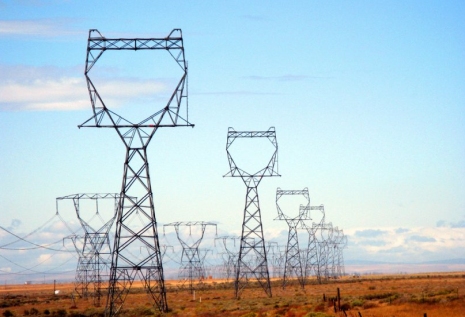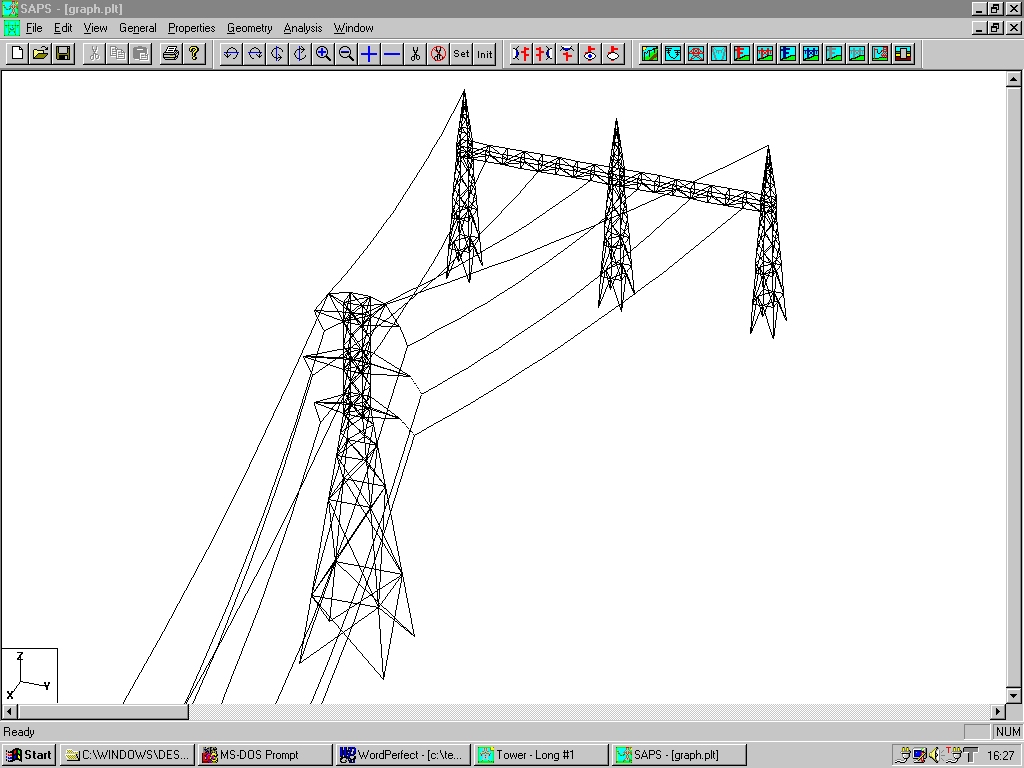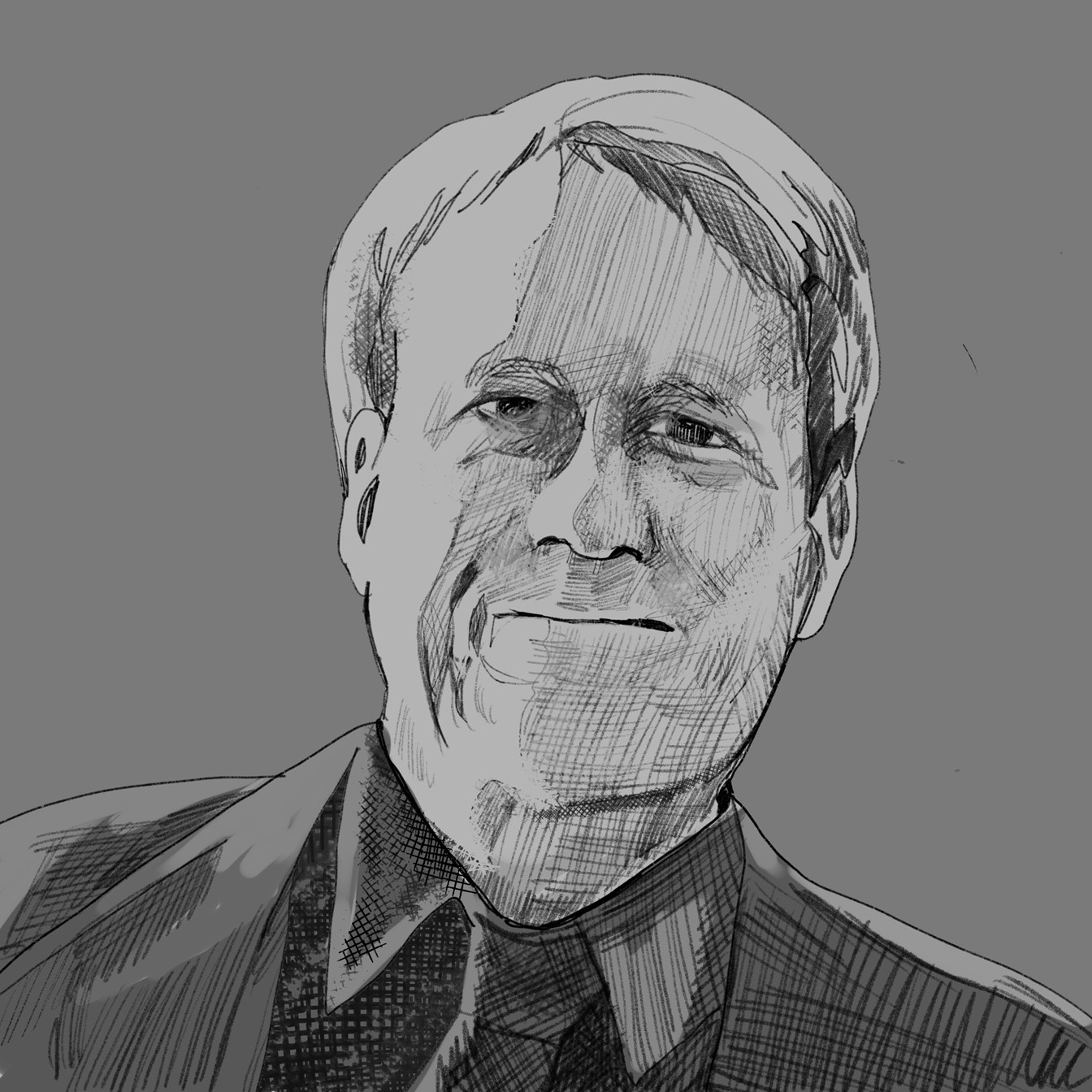
Transmission network modernization features prominently in infrastructure expansion and upgrade funding packages. Two geospatial leaders in grid design and management software have just joined forces to help these initiatives.
It seems every discussion about the electrification of transportation, expansion in the uses of renewable energy sources and storage, mobility electrification, ubiquitous broadband and 5G communications, and environmental resilience and adaptation, includes the qualifier: “But we’ll have to upgrade the grid!” The ubiquitous network of transmission networks has indeed been earmarked for substantial investment, for instance in the recently signed U.S. infrastructure spending bill, to the tune of $65 billion USD incremental funding.
Software features in all elements of grid modernization and can impact all top-down priorities for modernization: reliability, safety, security, resilience, flexibility, and by extension cost and affordability and support of clean energy. Siemens outlines what an electrical digital twin should include to meet these goals: An accurate single source of truth for data, automated data and model synchronization across multiple domains, spans transmission and distribution for integrated analysis, scalable data maintenance and exchange across the IT landscape, vendor-neutral and standards-based.
While there is no debate on whether investments in transmission and distribution are needed and will have tremendous ROI, there is some debate as to just how much. But, as the grid is so integral to nearly every facet of our modern lives, tha value is surely much higher than conventional ROI computations might show. As noted in the paper “A Valuation Framework for Informing Grid Modernization Decisions” from the National Association of Utility Commissioners:
“The concept of ‘value’ in this context goes far beyond monetary savings and costs. Value encompasses many elements, including reliability, resiliency, sustainability, security, environmental quality, public health and safety, and economic impacts.”
Design, construction, operation, and management of existing grid elements is already substantially digitalized, with a premium on software systems to further modernize. This includes digital twinning: modeling of systems, inclusion of real-time monitoring and analysis, and active simulations—digital twinning by definition. While the manufacturing sector has long employed digital twins, arguably it is the utility sector of AEC that has seen substantive implementation. There are software developers and service providers that were applying digital twinning elements to the grid, long before the term ‘digital twin’ was cool.
Joining Forces
Power Line Systems (PLS) is a leader in software for transmission lines, with over 1600 systems supported in 125 countries. Their portfolio includes design software, like PLS-CADD for line design, TOWER for lattice towers, PLS-POLE and CAISSON for respective structures, SAGSEC (fine element analysis of cables), and more. They have also offered “BIM/Digital Twin software for in various forms for over 35 years; PLS-GRID for single location management of overhead line data.

On November 16, 2021, Bentley Systems, a leading infrastructure engineering software company, entered into an agreement to acquire PLS. Bentley has evolved from providing core engineering design software packages to championing the digitalization of all aspects of infrastructure, throughout the design-construction-operation life cycle. It is not surprising this kind of joining forces is taking place; Bentley can enhance their portfolio of solutions for the energy sector, as they have also through strategic collaborations with Siemens Energy. PLS will benefit from having a larger bench and will see their solutions grow within larger software solutions ecosystems.
Bentley has also been on the digital twin train for many years and has made the concept a cornerstone of their R&D, acquisitions, and partnerships. Like the acquisition of Sensemetrics and Vista Vision, Agency 9, IRNO, Seequent, and others in the digital twin space. And further for the electrical energy sector, SPIDA, elcoSystem, and collaborations with Schneider Electric and Siemens. While such moves represent opportunities for the respective parties.

Inevitability
By rare global consensus, power infrastructure is recognized as a pivotal priority. Goldman Sachs estimates that $3 trillion USD will need to be spent across the world annually for electrification and renewables to fully accomplish the environmental goals being endorsed by individual countries and international initiatives.
This heightened global focus on infrastructure, and critical elements like the grid, represent a large market, but also an impending crunch in trying meet global demands, unless we start building and operating systems smarter. This is not going to happen using legacy tools and solutions, and digital twinning is an inevitability.
This example of Bentley/PLS agreement is where the trajectory of digital twinning for the grid—and all infrastructure segments—is headed in terms of consolidation of solutions. Consolidation to be able to operate at scale for the massive, and long overdue, modernization of the world’s infrastructure.





Be the first to comment